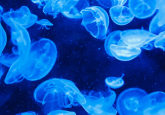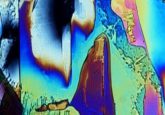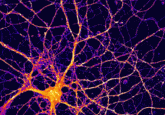The predictive powers of dreams
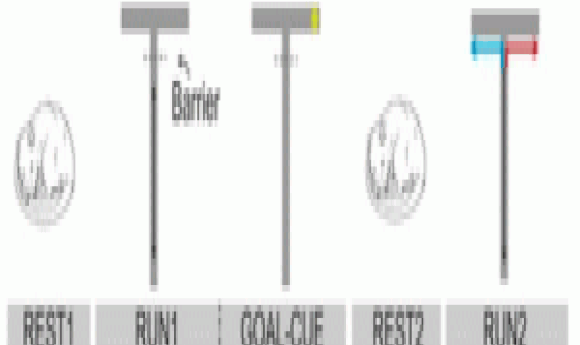
A new study sheds light on the predictive powers of dreams.
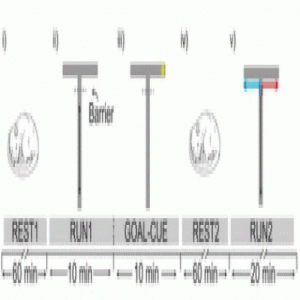
Sleep prepares rats for future behavior (1).
When an animal explores a new environment, place cells in the hippocampus record a map of the area in the animal’s brain for later use. Researchers previously believed that the formation of map memory required the animal to be physically navigating the environment of interest, but a new study published in the journal eLife suggests that rats can form map memories during sleep of places they’ve seen but never visited.
“Perhaps sleep is not a passive rehearsing of what you learned during the day but rather a process selecting out memories that might be useful in the future,” said Freyja Olafsdottir from University College London, first author of the paper.
To test this, Olafsdottir placed rats in a T-shaped maze with both short arms blocked by a transparent door. While one arm contained food—the reward arm—the other was left empty. She recorded the activation of hippocampal place cells as the animals ran freely along the long arm of the maze and looked at both short arms through the doors.
Olafsdottir then put the rats in a sleeping chamber and analyzed the sequence of place cell activation. After they slept, she put the rats back into the maze but this time removed the doors blocking access to the reward arm and the empty arm.
By comparing the activation sequences of place cells during and after sleep, she realized that the rats preferentially reactivated those cells that fired when they first looked at the food-containing arm.
“There hasn’t really been much research on this kind of replay for novel experiences. Ours was one of the few studies that showed that replay can also occur for experiences the animal will have in the future,” said Olafsdottir.
She and her team now plan to look into where memory traces initially formed through place cell activation are stored long-term in the brain.


